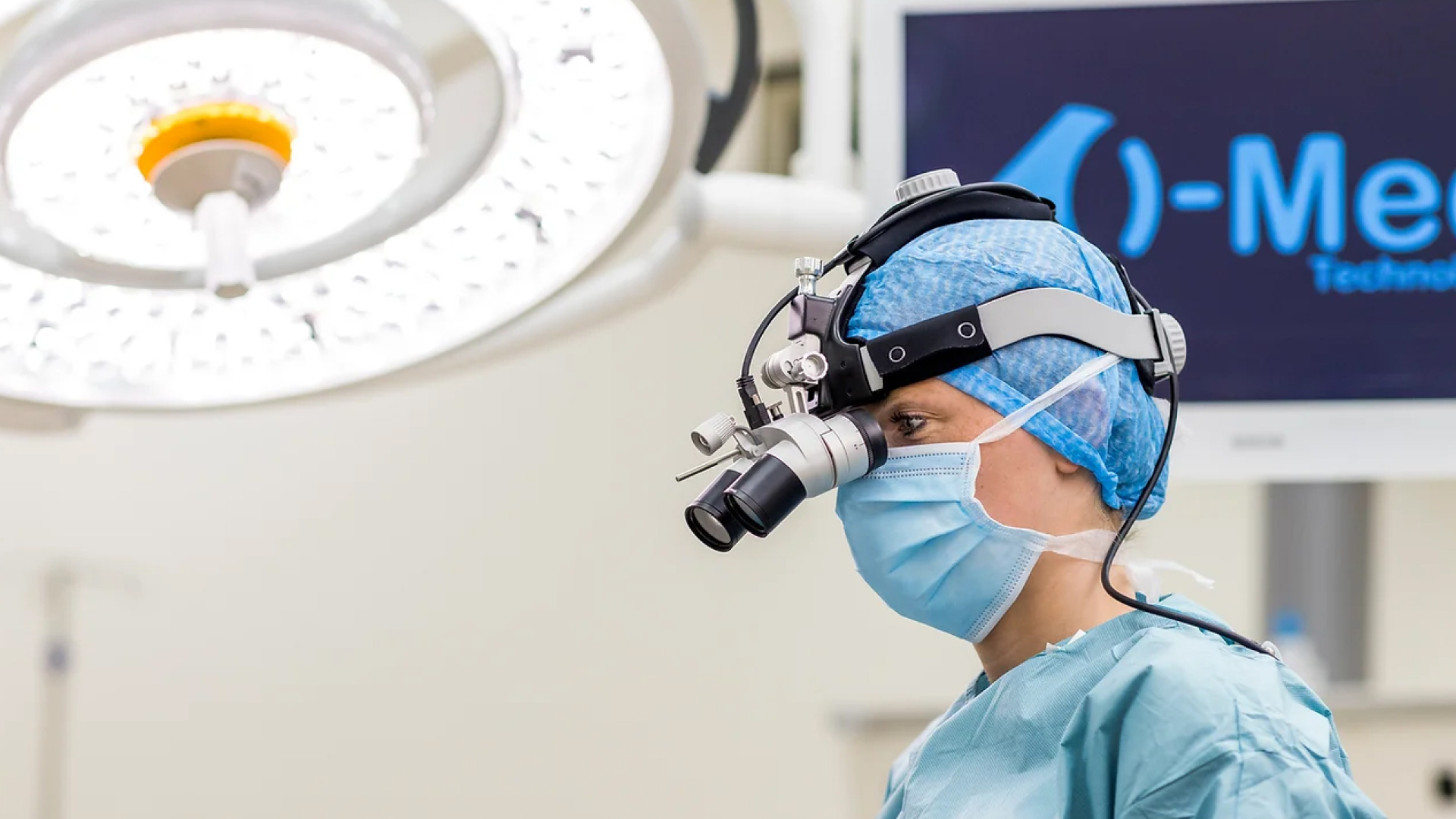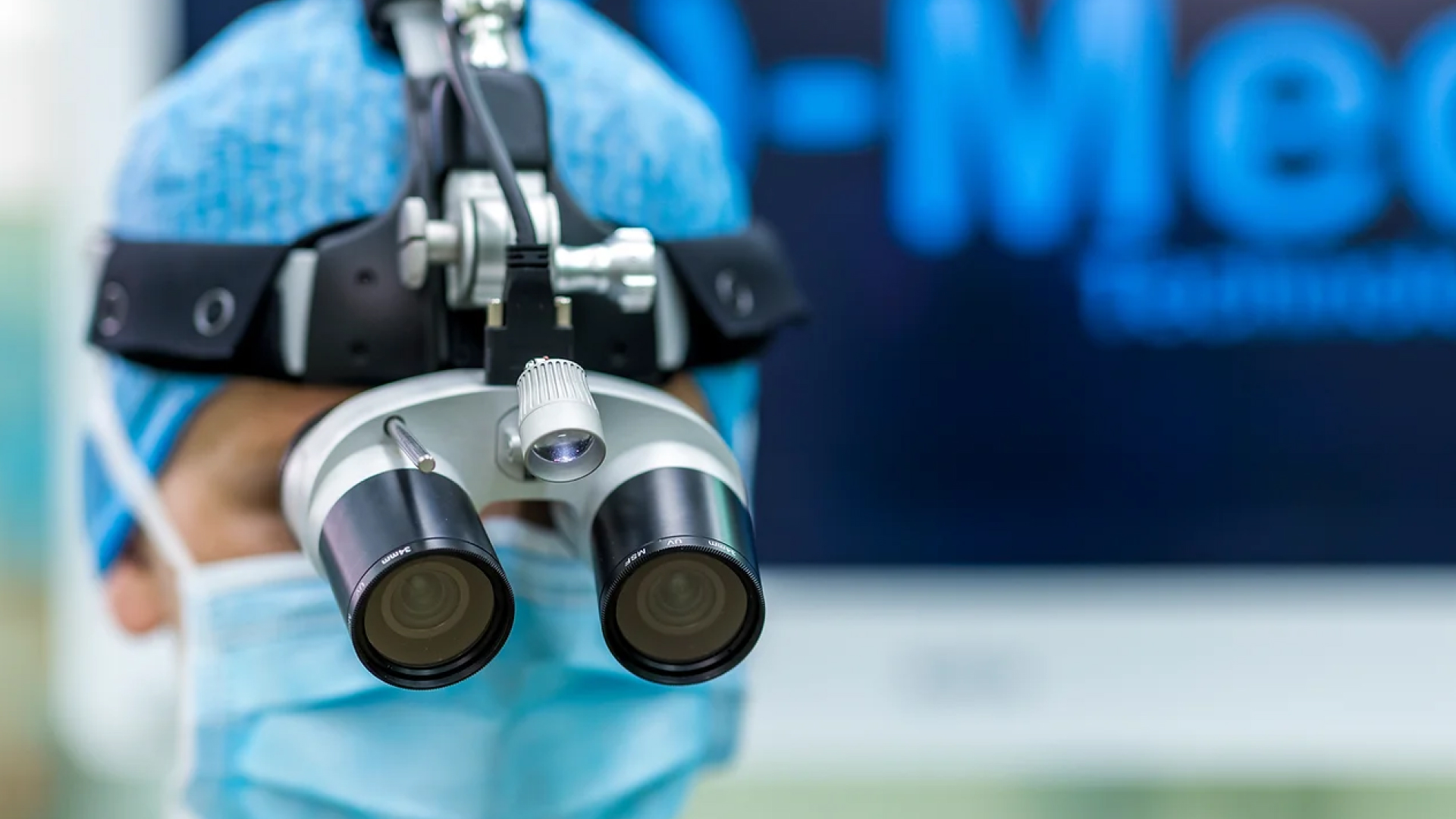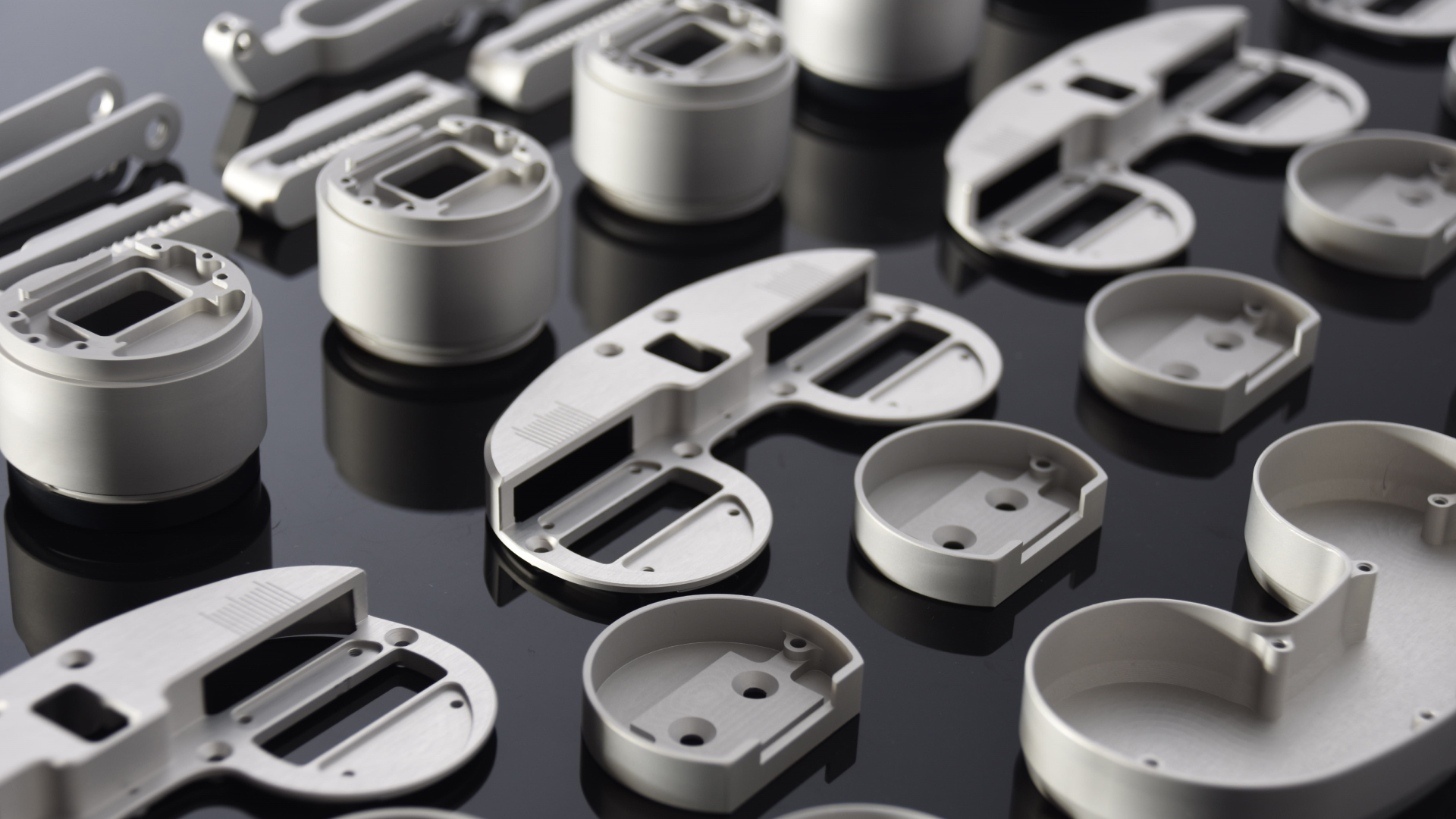Overcoming Three Key Misconceptions in Bridging Design to Mass Production in Medical Devices

In today’s competitive medical device market, with its demanding standards and swift time-to-market expectations, optimising development methods is more critical than ever. One of the pivotal stages in this process is the inspection phase during development, which, if executed effectively, ensures a seamless transition from design to mass production. However, misconceptions about inspection processes can lead to increased project costs, delays in timelines, and compromised product quality. This article aims to address and clarify three such common misconceptions, with insights particularly relevant to the expertise and approach of Bluefrog Design in medical device development.
Table of Contents
1: Misconception – More Inspection Guarantees Better Quality
It’s a common belief that more detailed component specifications, easily added through CAD and technical drawing software, lead to better quality. Designers often think that including numerous inspection notes will result in more accurately checked and refined parts. However, this approach can backfire in several ways:
Increased Inspection Time: More inspection points mean longer times to inspect each part. For components undergoing multiple revisions, this can significantly lengthen the development process.
Irrelevant Specification Changes: Initial component samples might not be accurate across all areas. Including unnecessary inspection points can lead to a focus on insignificant features, diverting attention and resources from more crucial aspects.
Specification Overload: An overly extensive specification can confuse manufacturers about priority areas, potentially leading to critical dimensions being overlooked.

2: Misconception – Looser Tolerances Reduce Costs
Another common belief is that widening tolerances and reducing testing will accelerate development and reduce expenses. While this might lower initial costs, such as tooling for injection moulding, it often doesn’t lead to overall project cost savings due to potential compromises in part quality. Important factors to consider include:
Design Constraints: Performance and user requirements create design boundaries. Properly defined specifications from the outset mean fewer chances of needing later revisions.
Tolerance Stack-up: Loosening tolerances without considering the device’s function can increase the risk of device failures. Adequate tolerances should satisfy tolerance stack-up calculations, ensuring all components function together as intended.
Manufacturing and Material Limitations: Discussions with manufacturers and material suppliers can reveal where tolerances can impact costs and where they can be safely adjusted.
At Bluefrog Design, we understand the intricacies of defining component parameters that balance quality and cost, ensuring the medical device’s integrity and functionality are not compromised.
3: Misconception – Inspection Alone is Sufficient
Relying solely on inspection methods for sample analysis can miss critical aspects of a component’s performance:
Unseen Imperfections: Components may have imperfections not visible to the naked eye, affecting their properties. These can include moulding issues or material inconsistencies that inspection alone may not detect.
Complex Interactions: While inspection is valuable for assessing individual components, testing actual interactions between parts can uncover potential issues.
Material Property Complexities: Theoretical properties of materials like plastics don’t always hold up in practice. For example, issues like creep or stress relaxation in a device with a long shelf-life might be identified through ageing studies but not through theoretical models.
Bluefrog Design advocates for a balanced use of inspection and testing methods. This comprehensive approach ensures that both theoretical and practical aspects of the device are thoroughly evaluated, enhancing the development process.

Insightful inspection processes are crucial in medical device development, but they must be implemented with careful consideration of their limitations and complemented with other testing methods. At Bluefrog Design, a product design consultancy we excel in navigating these complexities, ensuring our designs are not only compliant with industry standards and regulations but also tailored to meet and exceed client and market expectations. Our expertise in integrating detailed inspection with robust testing and design innovation positions us as a leader in medical product design, delivering solutions that are effective, efficient, and aligned with the latest industry trends and regulations. This approach solidifies our commitment to excellence in medical device development, ensuring each project we undertake is managed with precision, quality, and a focus on the end-user’s needs.
If you would like to see more on our services
If you would like to hear more on how we can improve the quality of your products or help with your product development, please contact Bluefrog Design at [email protected]
FAQ’s on Mass Production for Medical Devices
What is the production of medical devices?
The production of medical devices involves the manufacturing of health-related tools, equipment, and machines, following stringent regulations and standards. This process includes design, prototyping, testing, and mass production, employing advanced technologies like 3D printing, machining, and injection moulding. Production is carried out under rigorous quality control to ensure safety, reliability, and efficacy, catering to diverse medical needs ranging from simple instruments like bandages to complex machinery like MRI scanners and artificial organs.
How is medical equipment manufactured?
Medical equipment manufacturing involves a meticulous process, starting from conceptual design, followed by rigorous prototyping and testing. This ensures compliance with strict medical standards and user safety requirements. Advanced manufacturing techniques like 3D printing, CNC machining, and injection moulding are employed. The process includes assembling various components, often under sterile conditions, and extensive quality control checks. The final phase involves packaging and sterilisation, ensuring the equipment is safe and ready for use in medical settings.
What are the 4 phases of medical device development?
Medical device development typically encompasses four key phases: Concept and Feasibility, where initial ideas are evaluated for technical and commercial viability; Design and Development, involving detailed engineering, prototyping, and iterative testing; Verification and Validation, where the device is rigorously tested to meet regulatory and industry standards; and finally, Commercialisation, which includes regulatory approvals, manufacturing scale-up, marketing, and distribution. Each phase is critical to ensure the device is safe, effective, and ready for market introduction.
Ready to get started on a project?
Socials




One Comment